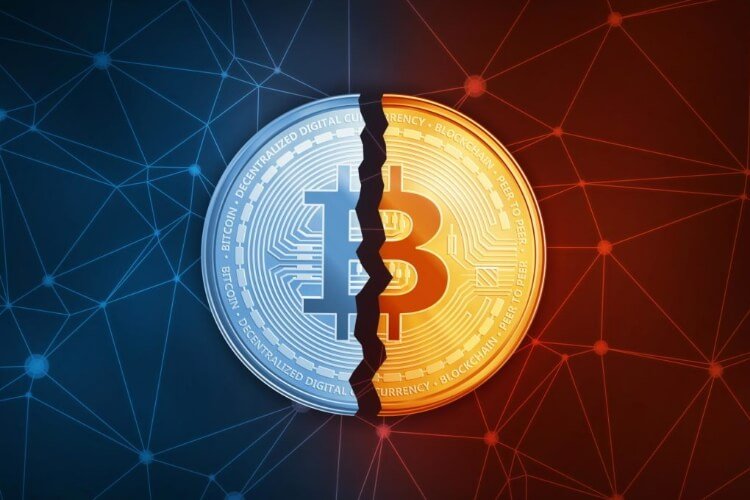How Halving Can Affect the Bitcoin Price

The end of the year for BTC is developing completely the other way than crypto enthusiasts expected it to be. Although the first cryptocurrency is almost 90% more expensive than a year ago, market participants don’t want to believe that this is the limit of the price growth — they make greater plans for the halving, despite that it is rather difficult to predict any events in connection with it, since it happened only twice before. Analysts believe that the price begins to grow a year before the event (this time we really saw a jump in the spring of 2019), and then reaches peak values over the next year.
Be that as it may, bitcoin maximalists clearly expect much more from the coin. Network activity statistics showed that 64% of bitcoins have not been set in motion since 2018. “Hodlers” do not sell not only at a decline, but even the summer price increase seemed insufficient to them to move on to sales.
After the first halving in 2012, the BTC price reached $1,149 during the year, starting from levels just above $12 at the time of the event. After the second halving in 2016, Bitcoin grew to almost $20,000 over a year and a half. It is expected that now crypto enthusiasts expect growth far beyond the high of the end of 2017.
This is good news, but the fact that all large-scale initiatives to promote crypto to the people came up against fierce resistance from regulators and this is holding back the community. On the other hand, new ways of institutional investors to short the market are getting fairly quick approval.
About the author:
Aleksander Kuptsikevich is a leading analyst at FXPro brokerage company.